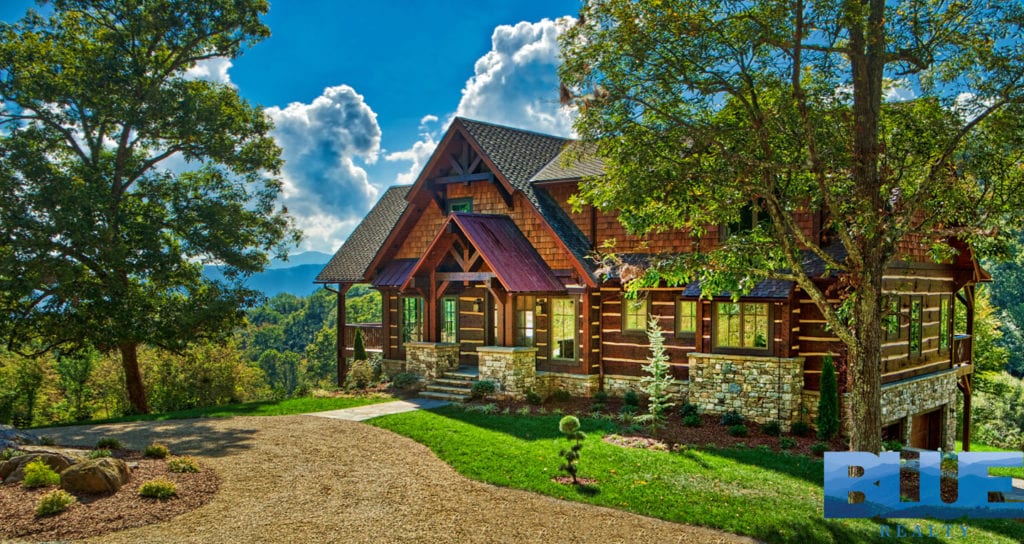Mountain homes offer a unique architectural challenge and opportunity. The rugged landscape, often featuring steep slopes, dramatic views, and harsh weather conditions, requires careful planning and design. Building in such environments demands more than just a beautiful home; it requires a structure that harmonizes with its surroundings while standing resilient against the elements.

Understanding the Context of Mountain Design
Topography and Terrain
The first crucial consideration when designing a mountain home is the topography. Mountains are characterized by uneven terrains, with slopes that vary dramatically. One must assess the land’s natural contours to make the best use of it, blending the house with the natural environment instead of imposing on it. The orientation of the home must align with the landscape, maximizing exposure to panoramic views while minimizing the disruption of natural features.
Climate Considerations
Mountain climates are often unpredictable. They can be harsh, with extreme cold, heavy snowfall, and strong winds, which all necessitate robust architectural responses. A well-designed mountain home will incorporate steeply pitched roofs to allow snow to slide off, as well as energy-efficient insulation to protect against the cold. Large, double-glazed windows allow for passive solar gain, warming the home naturally by letting sunlight flood interior spaces during the day.
Key Design Principles for Mountain Homes
Integration with Nature
Mountain homes should feel like an extension of their surroundings. Achieving harmony with nature is critical, and this can be accomplished by using locally sourced materials that mirror the colors and textures of the environment. Timber, stone, and even reclaimed materials are excellent choices that not only blend in aesthetically but also offer sustainability benefits. The house must follow the land’s contours, creating a dynamic relationship between the home and the surrounding environment.
Building into the slope, a technique known as terracing, can reduce the visual impact of the structure. This method allows for multi-level homes where different floors have varying levels of interaction with the landscape, whether that means large windows looking out onto the mountains or terraces stepping down into the valleys.
Views and Orientation
A key consideration in mountain home design is the orientation of the building. The aim is to capture the most breathtaking views while making the home functional and comfortable. South-facing homes can benefit from maximum sunlight exposure, which not only warms the house but also provides natural light throughout the day. At the same time, the design must consider the prevailing winds, ensuring the home remains cozy and protected from intense weather conditions.
Framing views with windows is an art in itself. Floor-to-ceiling glass walls are often employed in mountain designs to allow for uninterrupted sightlines to the valleys, peaks, and skies beyond. However, it’s essential not to overuse glass, as too much exposure can lead to issues with heat retention, especially in cold climates.
Sustainable Design
Sustainability is paramount when designing a home in a remote mountain location. Off-grid power solutions such as solar panels or micro-hydro systems can be incorporated to minimize the environmental footprint of the home. Rainwater harvesting systems can be used to collect and store water, providing a self-sustaining water supply in areas where it might otherwise be scarce.
The insulation of the home should be top-tier to ensure energy efficiency. Passive house principles can be employed, which involve creating a well-insulated and airtight structure that minimizes the need for mechanical heating and cooling systems.
Architectural Styles for Mountain Homes
Rustic Alpine
A popular choice for mountain homes is the rustic alpine style, characterized by the use of natural materials like wood, stone, and glass. These homes evoke a sense of warmth and coziness, with fireplaces, exposed beams, and large, open living spaces. The rustic aesthetic is designed to mirror the rugged beauty of the surrounding environment while providing a welcoming retreat from the harsh elements.
Contemporary Minimalism
For those who prefer a more modern approach, contemporary minimalism offers a striking alternative. Clean lines, simple geometric forms, and large expanses of glass dominate these designs. The focus is on the views rather than the structure itself. These homes tend to blend seamlessly into the landscape, with flat or gently sloping roofs and minimalist interiors that emphasize space and light.
Hybrid Designs
Some designs combine elements of both rustic and modern architecture, blending traditional materials like wood and stone with modern, clean-lined designs. This creates homes that feel rooted in the landscape but also cater to contemporary tastes. Such homes often feature open-plan interiors, where spaces flow organically from one to the next, echoing the fluidity of the natural surroundings.
Practical Aspects of Mountain Home Design
Materials and Durability
Building in the mountains requires materials that can withstand extreme weather conditions. Snow, wind, and even avalanches in some areas demand that homes are constructed with strong, durable materials. Reinforced concrete, steel frames, and treated wood can ensure the longevity of the structure. Roofing materials must be chosen carefully, with metal roofs often preferred for their ability to handle heavy snow loads and resist wear from the elements.
Accessibility and Infrastructure
Remote mountain locations often lack the infrastructure found in urban areas. Roads can be difficult to traverse, particularly in winter, so it’s essential to consider how materials and equipment will be transported to the site. In some cases, helicopters or specialized vehicles may be needed to deliver heavy materials, adding to the logistical complexity of the project.
Conclusion
Designing a mountain home is a multifaceted challenge that involves harmonizing with the environment while also ensuring practicality and comfort. From using sustainable materials to crafting homes that embrace the surrounding natural beauty, a well-designed mountain home is both a retreat and a testament to the delicate balance between human creativity and the untamed wilderness. Careful consideration of terrain, climate, and aesthetics will result in a mountain home that feels at one with its surroundings while providing a cozy sanctuary from the elements.